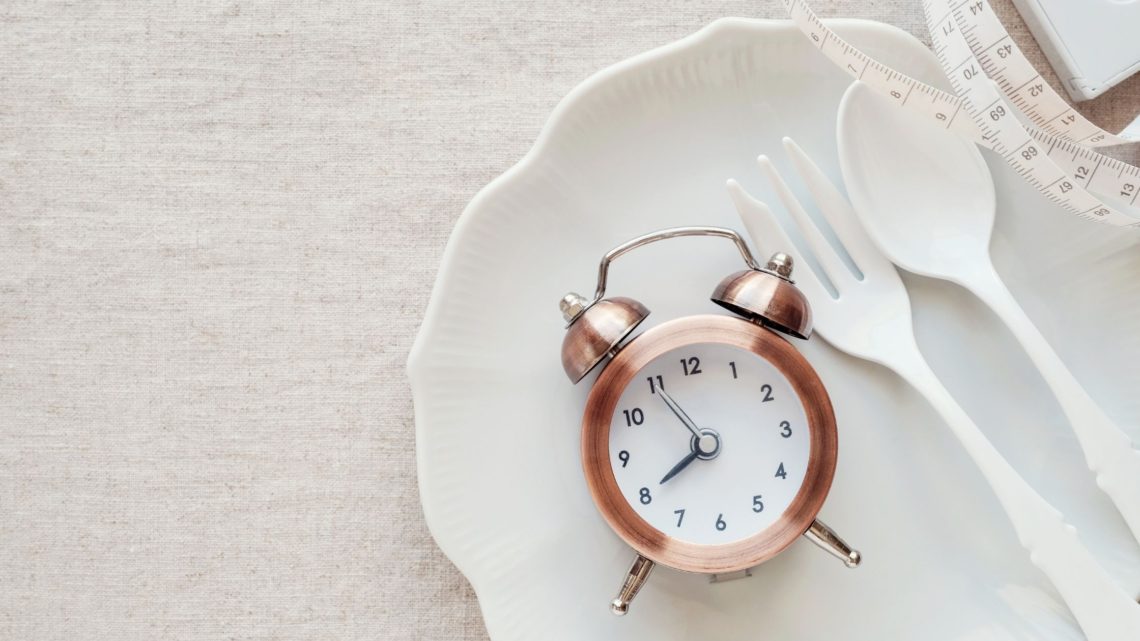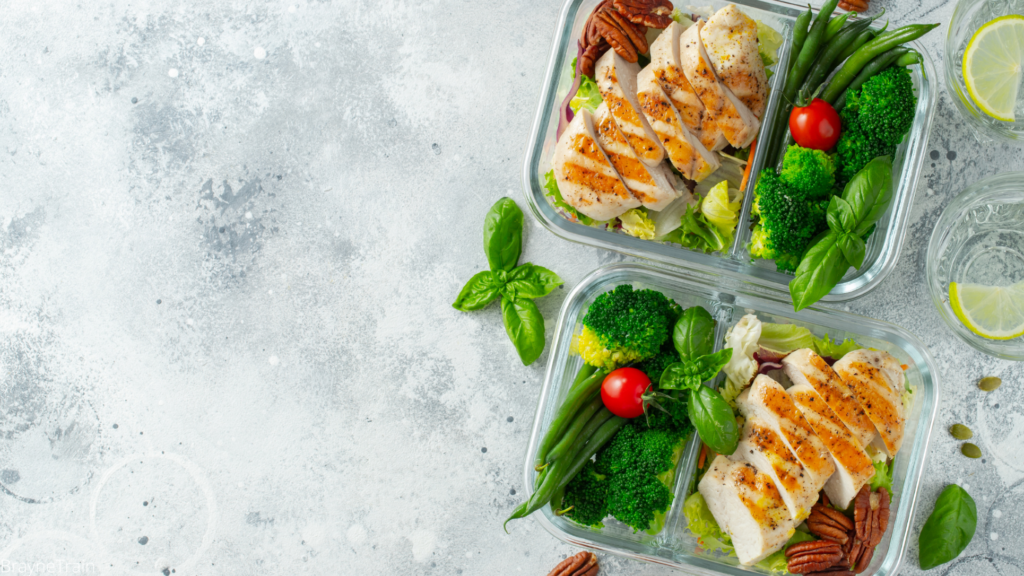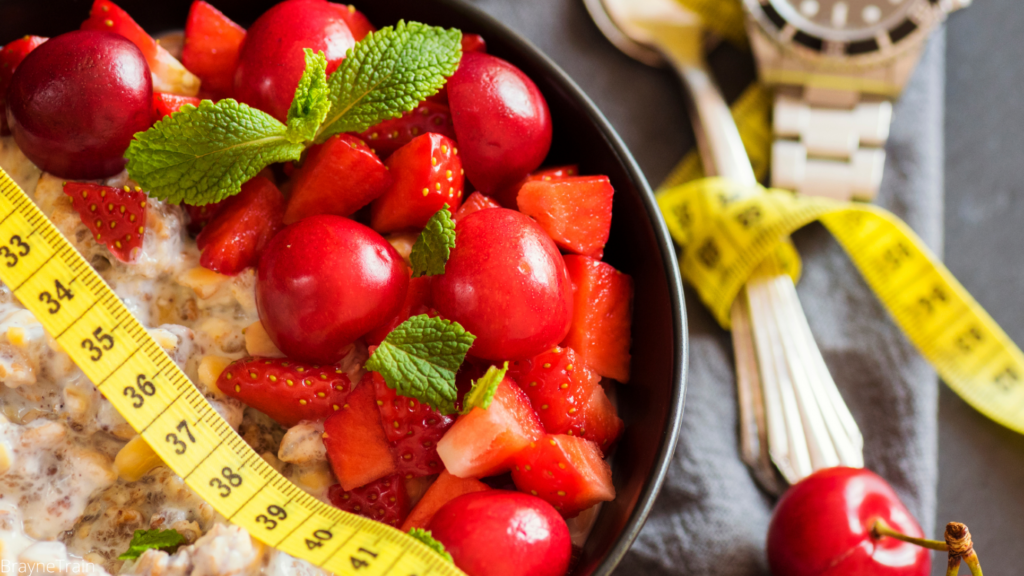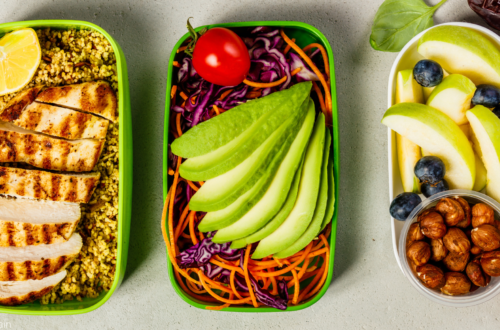
Fasting; How to Break a 3-Day Fast Properly
Most people think of fasting as a way to lose weight, but did you know fasting can be used to cleanse the body and heal your gut?
A 3-Day fast is considered prolonged fasting, and it has many benefits, but when it comes to breaking your 3-day fast, there are a few things you need to keep in mind.
In this post, we’ll discuss how to break your fast the right way to enjoy all the benefits of fasting.
Rules To Follow For Breaking a 3-Day Fast.
Plan Your Pre-meal Ahead.
Knowing what you will be eating to break your fast and not having to prepare the meal while you are fasting is recommended.
This way, you won’t be hungry when preparing the meal—preventing you from overeating or eating the wrong things.
Do Not Overeat.
When breaking your fast, distinguishing between physical and psychological hunger is critical.
You may feel like you are starving after a 3-day fast, but your body isn’t physically ready for large amounts of food. So take your time and do not rush when breaking your fast.
Avoid Saturated Fats.
After breaking your fast, limit your amount of fat intake for the first 2-3 days. It takes time to get your body back into breaking down the saturated fat.
It’s best to avoid fats until your digestive system is back to normal.
Do Not Mix Fats With Carbohydrates.
Eating carbohydrates and fats together spikes the insulin levels too high, and the fat you consume will be stored instead of being used as fuel.
This promotes fat storage faster than usual and can cause weight gain!
Wait 30-60 minutes After Eating Your Pre-meal.
After eating your pre-meal, wait 30-60 minutes before eating your main meal in order to avoid overwhelming your digestive system.
Eat Slowly.
During a fast, your body starts to slow down its digestive process. If you eat too quickly, you will likely experience pain and discomfort due to the body not being able to digest the food.
Eating slowly helps ease your digestive system into digestion without creating discomfort.
Best Foods to Break Your 3-Day Fast With:

- Lean protein
4-6 oz of Lean protein (lean salmon, lean pork, lean chicken, lean turkey ) is an excellent way to break a long fast.
A small portion of lean protein helps jumpstart your metabolism. It keeps you feeling full and satisfied, so you will be less likely to overeat.
In addition, lean protein helps build and repair muscle tissue.
- Cooked Veggies
A small portion of boiled or steamed veggies is a great starter meal to break your fast.
Cooked veggies are easy to digest and help ease your body into digestion.
Do not consume raw veggies. Raw veggies (spinach, swiss chard, etc.) are too harsh for your digestive system right after a longer fast.
- Avacado
Avocados are easy to digest and are nutrient-dense.
Breaking your longers fasts with ½ an avocado helps give your body some great nutrients and restarts your metabolism.
In general, avocados are a great addition to your daily meals.
- Eggs (Good Quality)
Breaking a 3-day fast with 1-2 eggs (organic, pasture-raised) is one of the best ways to help turn on your metabolism.
Do not have too many! Ideally, 1 or 2 eggs are enough to break your Fast properly.
After having your eggs, wait 30-60 minutes before having your main meal.
- Organic Rice Cake
A small portion of organic rice cake helps spike your insulin in a controlled manner, and it gets your body back into the digestive process without causing a significant insulin spike.
- Seaweed
Seaweed is an excellent addition to your pre-meal.
Seaweeds are nutrient-dense and help get your thyroid function back after longer fasts. It also helps boost your metabolism and ease your body into eating mode.
- Gluten-Free Noodles
A small portion of gluten-free noodles and some shrimp is a great way to break your fast and feel satisfied.
- Bone Broth
Bone Broth after a 3-day fast is one of the best ways to help get your digestive system moving without creating any stress. Wait 30-60 minutes after having the bone broth, and then eat your main meal.
What Not To Break Your Fast With:

Breaking a long fast the wrong way can cause pain and discomfort, and it can defeat the entire purpose of your fast
Here are the foods you should not break your Fast with:
- Carbohydrates & Sugar
Carbohydrates and sugar spike insulin levels too high and allow sodium to enter the cell quickly.
After a prolonged fast, your digestive system is sensitive to food, so having too much sodium enter the cells can create inflammation, causing bloating and discomfort.
- Nuts & Seeds
Most nuts and seeds are hard to digest. Eating them after a fast can create stress in your digestive system and cause pain and discomfort.
Macadamia nuts are the easiest on the digestive system. If you have to have some nuts after your fast, try having macadamia nuts instead of almonds, cashews, etc.
- Grains
Grains and lectin create inflammation and are hard to digest. Having grains right after a longer fast can cause stomach pain and make you bloat.
- Dairy
Eating dairy right after a prolonged fast can cause inflammation and stomach discomfort.
Also, having casein (the protein present in most milk products) right after a prolonged fast can damage the gut.
So try avoiding dairy products for at least the first 2-3 days after your longer fasts because your digestive system is extra sensitive in that time period.
- Raw Veggies
Raw veggies are hard to digest.
Instead, try boiling or cooking a small portion of vegetables and avoid eating raw veggies for the first day after breaking your longer fasts.
- Alcohol
Avoid drinking alcohol right after breaking your fast if you want the best result!
Tip: When practicing prolonged fasting, make sure to take enough electrolytes and sea salt. Drink plenty of water for the best result.
Takeaway
There are some critical rules to remember when breaking your 3-day Fast. First and foremost, break the fast gradually. Start with small portions of food and work your way up to a regular meal. Also, make sure you’re eating the healthy food options we mentioned in this post. Finally, take it easy after breaking your fast–give yourself time to adjust before jumping back into your normal routine. Let us know if you’ve tried the tips and tricks we provided in this blog post, and Happy Fasting!
References:
Patterson RE, Sears DD. Metabolic Effects of Intermittent Fasting. Annu Rev Nutr. 2017 Aug 21;37:371-393. doi: 10.1146/annurev-nutr-071816-064634. Epub 2017 Jul 17. PMID: 28715993.
Welton S, Minty R, O’Driscoll T, Willms H, Poirier D, Madden S, Kelly L. Intermittent fasting and weight loss: Systematic review. Can Fam Physician. 2020 Feb;66(2):117-125. PMID: 32060194; PMCID: PMC7021351.
Mandal S, Simmons N, Awan S, Chamari K, Ahmed I. Intermittent fasting: eating by the clock for health and exercise performance. BMJ Open Sport Exerc Med. 2022 Jan 7;8(1):e001206. doi: 10.1136/bmjsem-2021-001206. PMID: 35070352; PMCID: PMC8744103.




